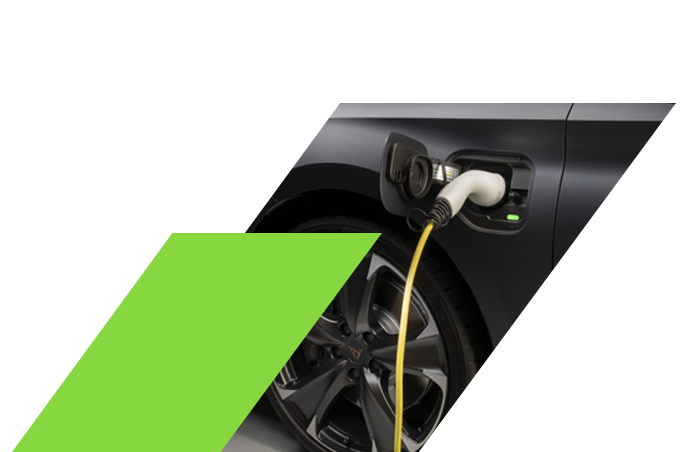Considering an electric vehicle (EV) lease? Dive into our guide to get answers to some common questions.
Understanding EV ranges and features
EV ranges differ across models. As technology advances, newer models consistently push the boundaries. For instance, the Mercedes EQS offers an impressive 453-mile range. However, real-world factors like driving style, vehicle weight, and journey type will influence this.
Always consult the manufacturer. If such accessories are essential, Zenith can guide you to a vehicle that aligns with your needs. Remember, added weight will affect the battery range and put extra strain on components like brakes.
Delivery times can vary. Some manufacturers have ready stock, while others might have longer wait times due to their production process. As of July 2023, the average wait time is 21 weeks. At Zenith, our strong ties with many EV manufacturers can help you to source your vehicle swiftly.

Costs, charging and tax benefits of EVs
A BiK is a non-salary perk from your employer. Currently, the BiK rate for EVs is set at 3% until April 2026. Any changes to BIK rates are determined by the Government, not Zenith.
Costs depend on your energy tariff. Many suppliers offer discounted rates for overnight EV charging. For example, charging a 64kWh battery at an overnight rate of 12p per unit would cost around £6.14.
Costs vary based on the charging station and speed. Apps like Zap Map can help you find competitive rates. The RAC says, on average, a UK rapid charger might cost around £0.70 per kWh.

Navigating the UK's EV infrastructure
As of September 2022, the UK boasts 32,663 public charge points, a significant increase from 2021. The government aims to have 300,000 public chargers by 2030. Additionally, platforms like the CoCharger App allow users to find private charging options.
Numerous EV home charging point providers exist, including energy companies and manufacturers like Pod Point. The Office for Zero Emission Vehicles lists approved providers for the Electric Vehicle Homecharge Scheme. Read our blog to see if you could be eligible.
Driving and maintaining your EV
Treat it like any other vehicle breakdown. A breakdown service can assist. To avoid this, consider charging your EV once it reaches 20% battery.
Similar to traditional vehicles, many factors can influence an EV’s range, including weather conditions and driving habits. However, many EVs offer features to help drivers optimise their range.
Yes, EVs offer a smooth, automatic driving experience. As traditional vehicles phase out by 2035, automatic-only driving lessons might become the norm.
Absolutely! Modern EVs combine comfort, economy, and power, offering a unique driving experience. Plus, innovative designs make many models a visual treat.
Costs vary based on where and how you charge. At home, costs can be as low as 1.5p/mile, while premium fast chargers at service stations might cost up to 7p/mile. To compare costs per mile, take a look at the Parkers website. They spend their lives test driving all kinds of cars. And they’ve put a ‘miles per pound’ list together to give you a good idea of how far you can drive your favourite EV between charges.
Yes, but exercise the same caution as with any vehicle. Some EVs even offer pre-heating features for added comfort during cold days.
Certainly! Just ensure your battery has enough charge to complete the process.
Smooth driving, minimising excess weight, and smart charging habits can help you get the most out of your EV’s battery.

